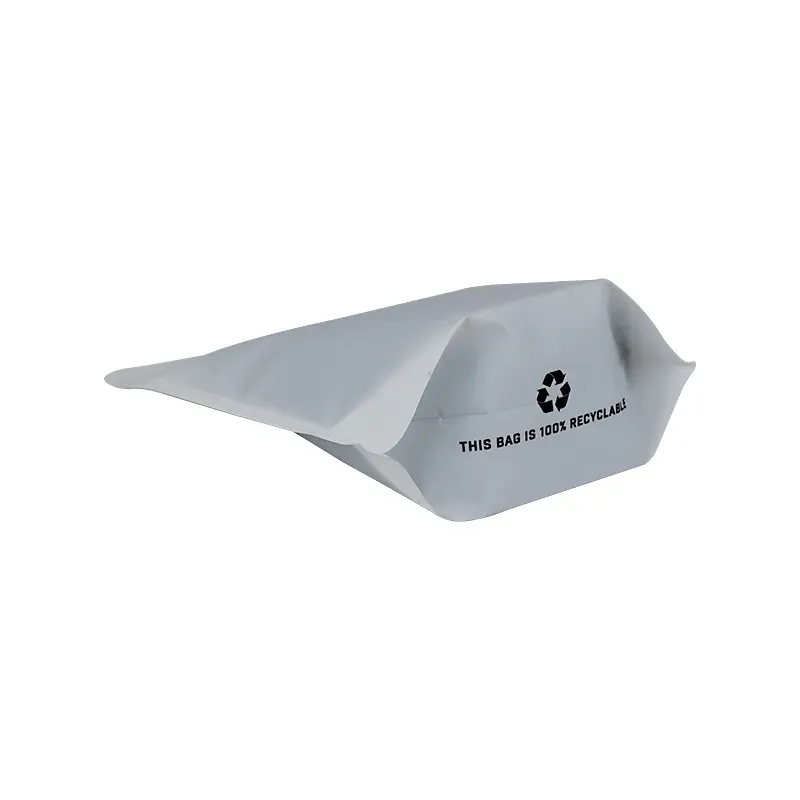- Afrikaans
- Albanian
- Amharic
- Arabic
- Armenian
- Azerbaijani
- Basque
- Belarusian
- Bengali
- Bosnian
- Bulgarian
- Catalan
- Cebuano
- chinese_simplified
- chinese_traditional
- Corsican
- Croatian
- Czech
- Danish
- Dutch
- English
- Esperanto
- Estonian
- Finnish
- French
- Frisian
- Galician
- Georgian
- German
- Greek
- Gujarati
- haitian_creole
- hausa
- hawaiian
- Hebrew
- Hindi
- Miao
- Hungarian
- Icelandic
- igbo
- Indonesian
- irish
- Italian
- Japanese
- Javanese
- Kannada
- kazakh
- Khmer
- Rwandese
- Korean
- Kurdish
- Kyrgyz
- Lao
- Latin
- Latvian
- Lithuanian
- Luxembourgish
- Macedonian
- Malgashi
- Malay
- Malayalam
- Maltese
- Maori
- Marathi
- Mongolian
- Myanmar
- Nepali
- Norwegian
- Norwegian
- Occitan
- Pashto
- Persian
- Polish
- Portuguese
- Punjabi
- Romanian
- Russian
- Samoan
- scottish-gaelic
- Serbian
- Sesotho
- Shona
- Sindhi
- Sinhala
- Slovak
- Slovenian
- Somali
- Spanish
- Sundanese
- Swahili
- Swedish
- Tagalog
- Tajik
- Tamil
- Tatar
- Telugu
- Thai
- Turkish
- Turkmen
- Ukrainian
- Urdu
- Uighur
- Uzbek
- Vietnamese
- Welsh
- Bantu
- Yiddish
- Yoruba
- Zulu
paper weight and thickness
Understanding Paper Weight and Thickness Their Importance in Printing and Publishing
When it comes to printing and publishing, the choice of paper is critical to the quality and overall presentation of the final product. Two essential factors that influence not only the appearance but also the functionality of paper are its weight and thickness. Understanding these characteristics can help individuals and businesses make informed decisions regarding their printing needs.
Paper Weight What Does It Mean?
Paper weight, commonly measured in grams per square meter (gsm) or pounds (lbs), refers to the weight of a specific area of paper. For instance, a paper with a weight of 80 gsm indicates that one square meter of this paper weighs 80 grams. In the United States, the pounds system is often used, where the weight of a ream (500 sheets) in a standard size—usually 17” x 22” for cover stock—is used as a reference.
Paper weight is crucial because it affects the paper's opacity, durability, and feel. Heavier papers tend to be more opaque and less transparent, leading to minimal show-through when printed on both sides. This makes heavier paper ideal for printing brochures, business cards, and other promotional materials. Conversely, lighter paper may be suitable for documents like letters or flyers, where the primary focus is on text rather than graphical content.
In a practical sense, understanding paper weight can also help in estimating printing costs. Heavier papers usually come at a higher price point, but they also offer greater longevity and a more professional appearance. Therefore, businesses must weigh their options carefully to find a balance between cost and quality.
Paper Thickness The Unseen Factor
paper weight and thickness

While paper weight is a more commonly discussed attribute, thickness—often referred to as caliper—plays an equally vital role in the functionality of paper. Paper thickness is measured in mils (thousandths of an inch) or millimeters (mm). The thicker the paper, the more rigid it typically is, impacting how it feels in hand and its usability in various applications.
Thickness influences how paper behaves when folded, cut, or printed on. For instance, thicker paper might require special consideration during the printing process, as some printers are optimized for specific paper thickness ranges. Moreover, when binding documents, thicker paper can create challenges due to the increased bulk. This is particularly relevant for books or booklets, where uniformity in thickness can ensure a professional finish.
In the realm of packaging, thickness is vital for structural integrity. Packaging materials need to withstand various stresses during shipping and handling. Thicker cartons are generally preferred for products requiring added protection, while thinner, flexible materials might be more suitable for lightweight items.
The Interplay Between Weight and Thickness
It's important to note that weight and thickness are interrelated but do not directly correlate. A heavier paper can sometimes be thinner than a lighter paper due to different manufacturing processes and the composition of the fibers used. For example, two papers may weigh the same (e.g., 80 gsm), but one may be thicker due to the type of paper and the way it has been processed. Therefore, when selecting paper, it's vital to consider both weight and thickness to achieve the desired results.
Conclusion
As businesses and individuals increasingly prioritize quality in their printed materials, understanding the nuances of paper weight and thickness becomes paramount. Whether designing a business card, producing a marketing brochure, or printing a novel, the right choice of paper can greatly enhance the aesthetic appeal and functional effectiveness of the final product. By considering these essential factors, users can ensure that their printed materials not only meet their expectations but also leave a lasting impression.













